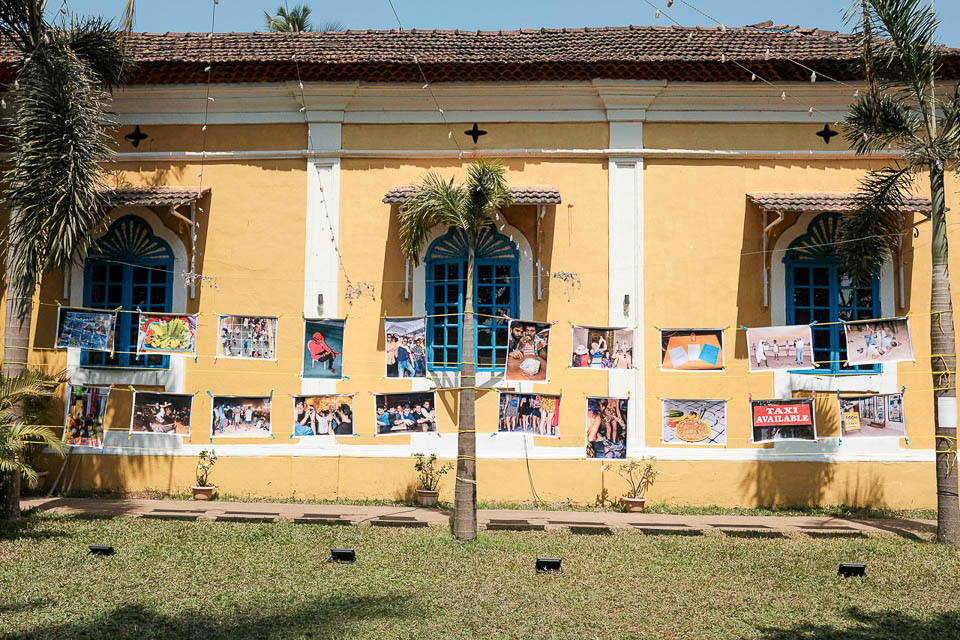Goa, renowned for its beaches and nightlife, is teetering on the edge of cultural dilution. The state’s mass tourism narrative has eclipsed its rich heritage, diverse flora and fauna, and burgeoning creative community. To truly evolve and grow, Goa must pivot from its cliched image and embrace a sustainable, art-driven cultural revival.
Art and Culture: Goa’s Untapped Goldmine
Thousands of artists from across the country have migrated to Goa, drawn by its natural beauty, slower pace of life, and creative potential. Yet this influx remains underutilised. Painters, sculptors, filmmakers, musicians, and performance artists are establishing themselves in Goa. These creators offer more than personal expression—they bring the potential for Goa to become India’s foremost hub for contemporary art and cultural dialogue.
Instead of promoting seasonal beach tourism that strains infrastructure and erodes the natural landscape, the state must invest in spaces for cultural expression. Dedicated art districts, residencies, and workshops can not only retain artists but also attract cultural tourists. Public exhibitions, biennales, and music festivals should spotlight local talent and history, challenging the tired beach-centric stereotype.
The Role of Food and Wellness
Food in Goa is more than just its famed seafood. Traditional recipes, local ingredients, and diverse culinary traditions remain underappreciated. The wellness industry, too, has begun to thrive—yoga retreats, sustainable living practices, and holistic health options are quietly flourishing. With strategic promotion and integration into the cultural fabric, these sectors can offer tourists a deeper, more meaningful experience.
Culinary tourism can serve as a bridge between heritage and innovation. Farmer-to-table movements, local spice trails, and food festivals celebrating indigenous cuisine should be at the forefront of Goa’s tourism efforts. Wellness-focused travel—yoga, meditation retreats, and Ayurvedic healing—should be nurtured to attract long-term, conscious visitors.
Goa’s Natural Bounty Beyond Beaches
Goa’s rich biodiversity is under threat from unchecked tourism and development. The state’s forests, rivers, and wildlife reserves remain largely unexplored and underprotected. Promoting eco-tourism over mass tourism can help preserve these natural treasures while offering visitors an alternative to crowded beaches.
Architectural preservation must also take precedence. Goa’s heritage homes, churches, and temples narrate centuries of cultural evolution. Yet many are crumbling or converted into generic commercial spaces. Restoration initiatives, coupled with cultural storytelling, can rekindle appreciation for the state’s historical significance.
Utilising the Creative Shift
The arrival of filmmakers, musicians, and writers in Goa presents a unique opportunity. Government and private stakeholders should collaborate to build Goa as a creative economy. Establishing annual film festivals, music symposiums, and artist residencies can spotlight local creators while drawing global attention. Creative education programmes and cultural scholarships will empower the next generation to stay in Goa and contribute to its growth.
A Call for Change
The overreliance on mass tourism has degraded Goa’s environment and diluted its identity. Pivoting towards a sustainable cultural economy rooted in art, history, and natural beauty is no longer an option—it is a necessity. By championing its artists, preserving its environment, and celebrating its cultural heritage, Goa can redefine its future as a beacon of conscious creativity and thoughtful exploration.
